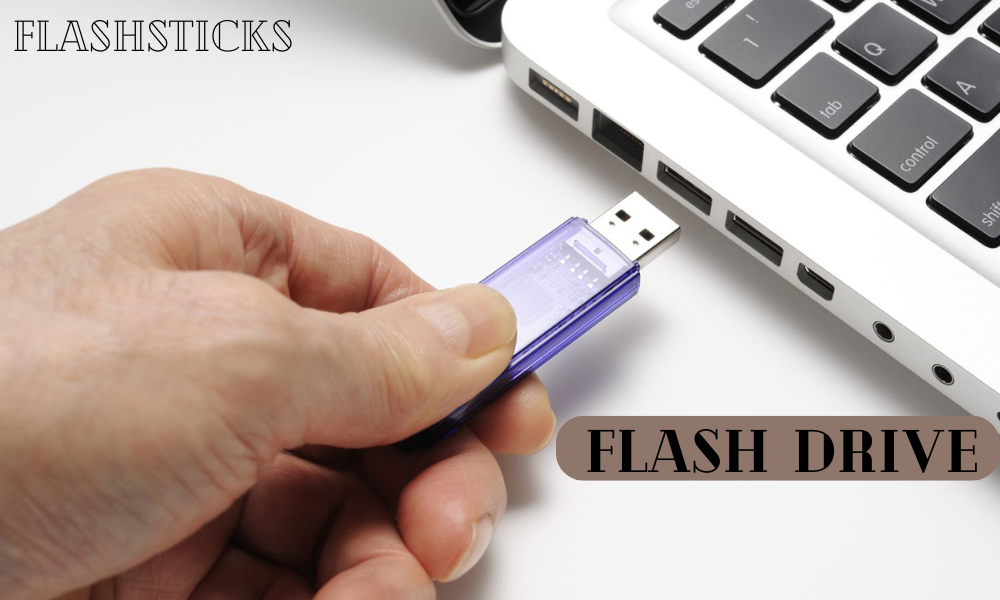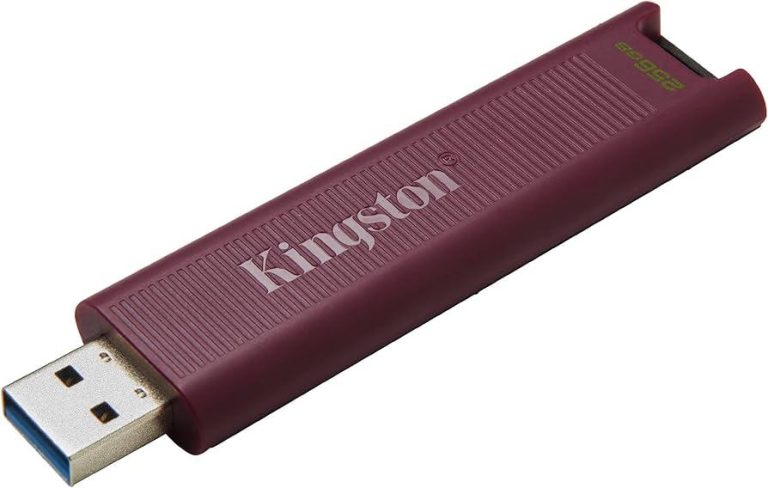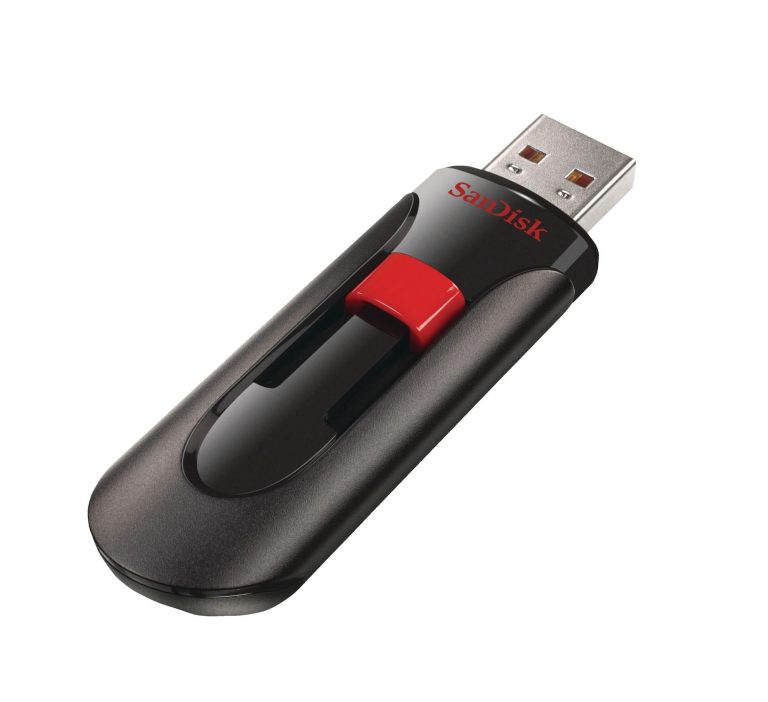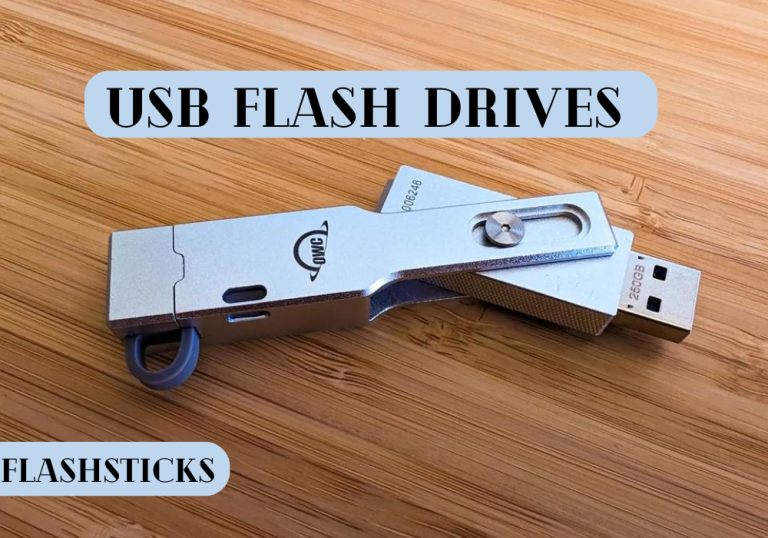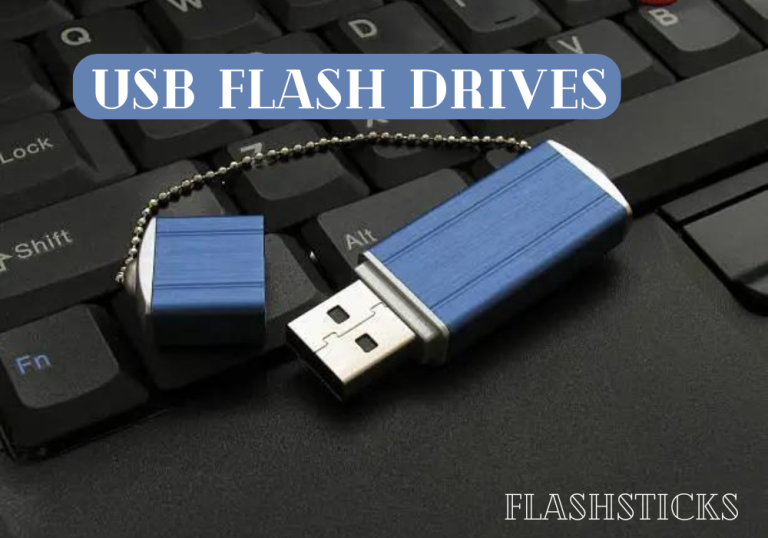How big a flash drive do I need for Windows 10?
In today’s digital age, portable storage devices like flash drives have become an essential tool for anyone operating a Windows 10 system. Whether you need a quick way to transfer files between computers, store important documents, or run applications on the go, a reliable and spacious USB drive is a must-have. With so many options available, however, selecting the ideal flash drive for your specific needs can be overwhelming.
This article will guide you through the process of choosing the right flash drive for Windows 10, covering crucial aspects such as capacity, read/write speeds, compatibility, and more. By the end, you’ll be equipped with the knowledge to find the perfect USB drive for your requirements.
Understanding Flash Drive Specifications: Capacity and Speed
Before diving into the world of flash drives, let’s break down the key specifications you should consider:
- Capacity: Measured in gigabytes (GB) or terabytes (TB), capacity refers to how much data your drive can store. Common capacities include 8GB, 16GB, 32GB, 64GB, 128GB, 256GB, and 512GB.
- Read Speed: Expressed in megabytes per second (MB/s), read speed determines how quickly the drive can transfer data from itself to a computer. Faster read speeds are ideal for applications that frequently access stored files.
- Write Speed: Also measured in MB/s, write speed refers to the drive’s ability to write data to itself. Faster write speeds are crucial for Windows 10 users who frequently store and update files.
- Compatibility: ensure the drive is compatible with your computer’s USB port type (USB-A, USB-C, or Micro-USB) and operating system (Windows 10, macOS, etc.).
Benefits of Using a Flash Drive with Windows 10
- Portability: Flash drives are compact and lightweight, making them easy to carry in your pocket, bag, or laptop.
- Speed: Flash drives provide fast data transfer rates, saving time when moving files between devices or copying large files.
- Durability: Modern flash drives are built with durable materials and are less prone to physical damage compared to traditional HDDs.
- Security: Flash drives can be encrypted for secure data storage and transfer, protecting sensitive information from unauthorized access.
- Flexibility: Most flash drives come with a standard USB connector, allowing you to connect to any device with a compatible port.
Practical Tips for Choosing the Right Flash Drive for Windows 10
- Assess Your Needs: Consider the types of files you typically work with and how much storage space you require. If you only need to store a few documents and photos, a smaller capacity drive might suffice.
- Check Compatibility: Ensure the drive is compatible with your computer’s hardware and operating system. If you have a USB-C port, opt for a C-based drive for faster speeds.
- Look for High Read/Write Speeds: If you frequently transfer or store large files, invest in a drive with high read and write speeds (at least 100 MB/s for regular use and 300-400 MB/s for demanding applications).
- Brand and Warranty: Choose reputable brands offering reliable products and extensive warranties. This guarantees your drive will withstand regular use and potential issues.
- Additional Features: Some flash drives come with extra features like password protection, touch-sensitive controls, or ‘plug and play’ functionality. Consider these extras based on your specific needs.
Flash Drive Recommendations for Windows 10 Users
Here are some flash drive options tailored to various user scenarios:
| Capacity | Speed (Read/Write) | Best For | Recommended Drive |
| — | — | — | — |
| 8-16GB | 30 MB/s (r), 15 MB/s (w) | Basic storage for documents and small files | SanDisk Cruzer Glide 16GB |
| 32-64GB | 100 MB/s (r), 50 MB/s (w) | General-purpose use, such as storing apps and media | Lexar JumpDrive M331 64GB |
| 128GB-256GB | 300 MB/s (r), 200 MB/s (w) | For demanding users with large files, frequent backups, or video editing | Kingston DataTraveler 200 256GB |
| Over 512GB | 600 MB/s (r), 400 MB/s (w) | Extremely high-capacity storage for large data sets, enterprises, or creative professionals | Samsung Bar Plus 1TB |
Conclusion
Choosing the right flash drive for Windows 10 requires a balance of capacity, speed, and compatibility. By understanding your specific needs and considering the factors outlined in this guide, you can select a reliable and efficient USB drive that meets your requirements. Whether you need a simple storage solution or a high-performance tool, there’s a flash drive out there for you. Remember to factor in brand reputation, warranty, and extra features when making your final decision. With the right flash drive by your side, you’ll be able to take your digital life on the go with confidence and speed.

